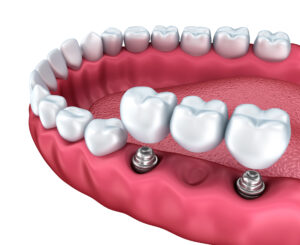Frontech’s semi-metallic brake pads are known for their exceptional performance and enhanced safety features. But what goes into making these high-quality brake pads? Let’s take a look at the manufacturing process behind Frontech’s semi-metallic brake pads.
Raw Material Selection: The Foundation of Quality Brake Pads
The manufacturing process of Frontech’s semi-metallic brake pads begins with the selection of high-quality raw materials. Frontech uses a combination of metals such as copper, steel, and iron, along with friction modifiers and fillers, to create brake pads that are durable and reliable. These materials are carefully chosen to ensure the optimal balance of performance, durability, and safety.
Mixing and Blending: Creating a Uniform Mixture
Once the raw materials are selected, they go through a thorough mixing and blending process. This process is crucial to ensure that the materials are evenly distributed to create a uniform mixture. The blended materials are then pressed into molds at high pressures and temperatures to form the shape of the brake pads.
Sintering: Enhancing Strength and Durability
After the brake pads are molded, they undergo a sintering process. Sintering is a heat treatment process that compact the particles and fuses them together, creating a solid and dense material. This step is essential to enhance the strength and durability of the brake pads, making them capable of withstanding high temperatures and pressures during braking.
Machining: Ensuring Precision and Quality
Once the brake pads are sintered, they go through a machining process to ensure that they meet precise specifications and dimensions. This step involves cutting, grinding, and polishing the brake pads to achieve the desired shape and surface finish. The brake pads are also chamfered and slotted to facilitate better contact with the rotor and improve braking performance.
Testing and Quality Control: Ensuring Industry Standards
After the machining process, the brake pads undergo a comprehensive testing and quality control procedure. Frontech’s brake pads are subjected to rigorous tests to ensure that they meet industry standards for performance, safety, and durability. These tests include dynamometer testing, noise testing, and environmental testing to simulate real-world driving conditions.
Packaging and Shipping: Delivering Quality Brake Pads to Customers
Once the brake pads pass the quality control tests, they are ready to be packaged and shipped to customers. Frontech’s semi-metal brake pads are designed to provide superior braking performance, exceptional durability, and enhanced safety features. The meticulous manufacturing process behind Frontech’s brake pads ensures that customers can rely on their quality and performance when they hit the road.
Conclusion: Frontech’s Commitment to Quality and Performance
In conclusion, Frontech’s semi-metallic brake pads are the result of a meticulous manufacturing process that combines high-quality raw materials, precise engineering, and rigorous testing. By prioritizing performance, durability, and safety, Frontech ensures that their brake pads meet the highest standards in the industry. Customers can trust Frontech’s semi-metallic brake pads to deliver reliable and safe braking performance, making them an essential component for vehicle safety.




